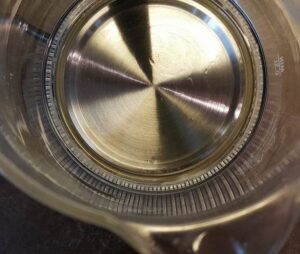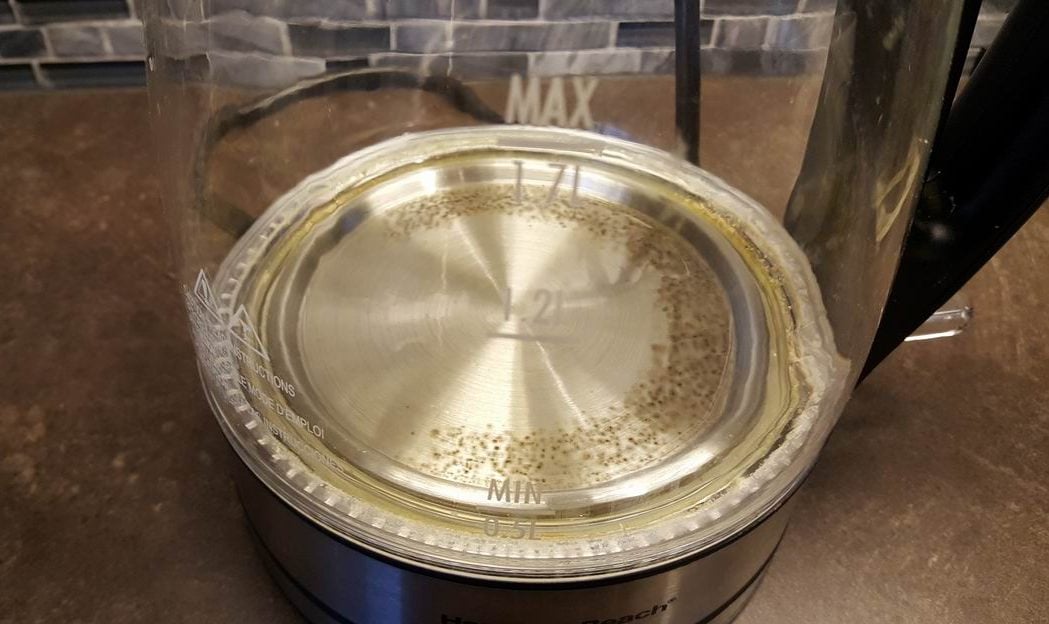 If you use your kettle a lot, you can quickly get a buildup of minerals that can affect how well it works, which makes cleaning your kettle regularly a good idea.
If you use your kettle a lot, you can quickly get a buildup of minerals that can affect how well it works, which makes cleaning your kettle regularly a good idea.
Fortunately, cleaning your kettle isn’t difficult; in fact, the appliance can do most of the work for you.
As you use your kettle and water evaporates from boiling, calcium and other minerals in the water will solidify and deposit on surfaces in both electric and stove-top kettles. While not harmful to you, the buildup can decrease the efficiency of your kettle.
The simplest and most environmentally friendly way to descale your kettle is by using white vinegar. Using equal parts vinegar and water, fill your kettle halfway, bring it to a boil and then let it sit for 20 minutes or so.
 Unless you have excessive buildup, this should be enough to remove the deposits. You can then rinse out your kettle, fill it with fresh water and boil it again to remove any vinegar smell.
Unless you have excessive buildup, this should be enough to remove the deposits. You can then rinse out your kettle, fill it with fresh water and boil it again to remove any vinegar smell.
If deposits remain, repeat the process, letting the boiled solution sit longer before removing.
Alternatives to vinegar for cleaning your kettle
A word of caution: Some manufacturers may recommend against using vinegar for cleaning your kettle. If that’s the case with yours, you can use lemon or baking soda instead (juice of one lemon or a teaspoon of baking soda).
Of course, you can also use commercial cleaning products. Just be sure to follow the instructions.
Tip: Do you have a tendency to leave extra water in the kettle after using it? That’s not a good idea as standing water can also leave mineral deposits. Better to boil only the water you need or empty it after using.
Cleaning the outside
Give the exterior of your kettle a wipe-down once a week or so. Use a non-abrasive cloth with a bit of dish soap if water alone is not enough.
And if you have an electric kettle, be sure to avoid immersing the element in water.
Originally published Jan. 14, 2019.
Got a maintenance task you’re not sure how to do?
Drop us a line at info@allthingshome.ca or message us through Facebook.






